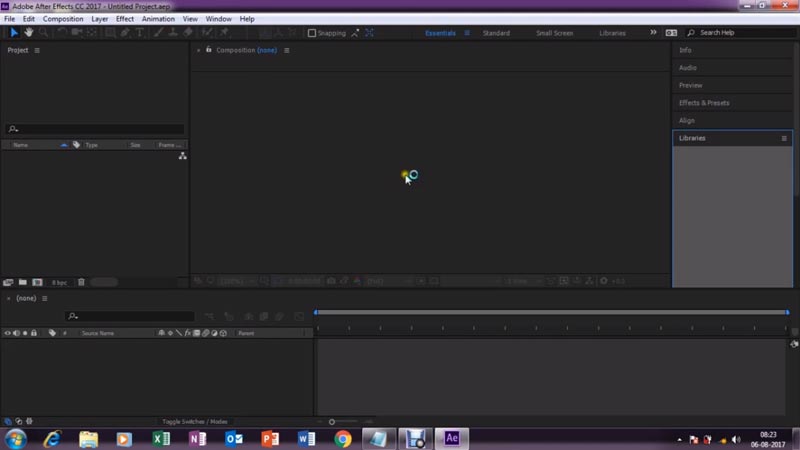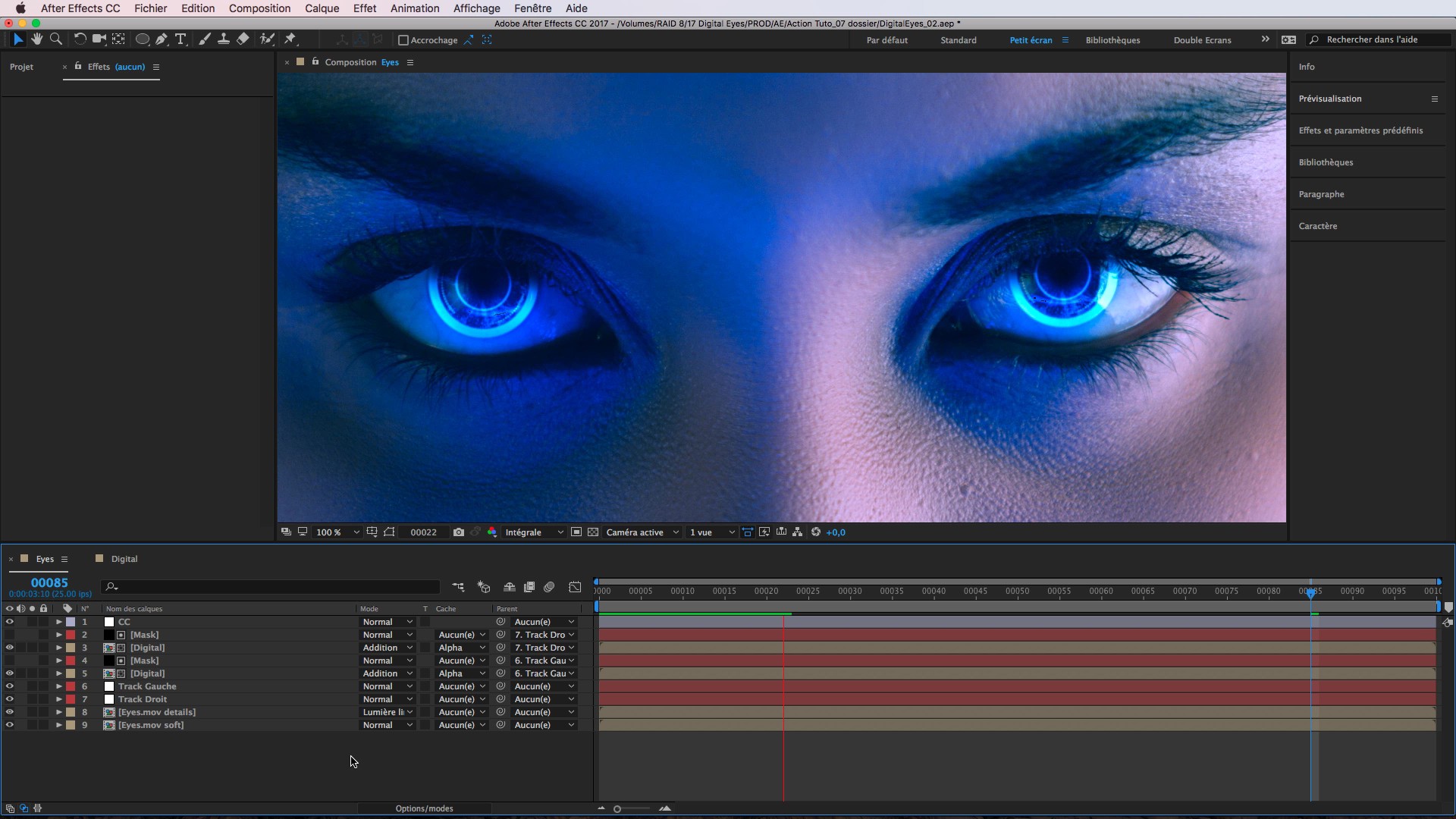

- #TUTO AFTER EFFECT CC FRANCAIS PRO#
- #TUTO AFTER EFFECT CC FRANCAIS SOFTWARE#
- #TUTO AFTER EFFECT CC FRANCAIS WINDOWS#
These tutorials aim to teach you solid bases to quickly animate your first characters. But you have to be aware that rigging and animating characters is a complex process, and you will need a lot of time and experience to achieve a good level. In this Official Character Rigging course with Duik Bassel video courseĪll essential rigging techniques are shown here. This course is very useful combined to my comprehensive animation course ) These tutorials are meant for people already knowing After Effects and willing to learn cut-out character animation, which is what Duik was developped for. It's a way of working common with 3D softwares, used to animate characters in After effects, thanks to the script Duik, which I'm developping. Here are all the styles that we’ll need: /*CUSTOM VARIABLES HERE*/īox-shadow: 0 5px 15px rgba(0, 0, 0, 0." Rigging" is the process of adding controllers and automations to a character to make it easier to animate, to be able to manipulate it in the same way a puppeteer manipulates its pupppet. Just to make the page a little more attractive, we’ll use a custom Google Font and create a grid-based card layout. To associate elements with an icon, we’ll also give them an id whose value will match the name of the target icon, like this:įor this demonstration, the styles won’t play an important role. This action will be done dynamically via JavaScript during the initialization process of our animations. Inside each of them, we’ll place one of the exported After Effects icons. Notice that some elements contain the animated class. The seventh icon will be sticky and work as a call-to-action. We’ll assume that we’re building a corporate website and are going to use six of these icons to highlight some key stats about the company. 2. Include the Lottie JavaScript ScriptĬoming up next, we’ll use cdnjs, a popular CDN service for including the required Lottie JavaScript file in our project: 3. Define the Page Markup
#TUTO AFTER EFFECT CC FRANCAIS PRO#
At this point, we’ll assume that we have at our disposal the following seven JSON files:Īs a Pro member on CodePen I’ll upload those files to the Asset Manager. Most of the time this job will be handled by a motion designer, providing us with the necessary assets for deploying to a web page.Īs this tutorial follows a developer’s perspective, we won’t go through the export process.

As we’ve discussed above, this process requires the Bodymovin add-on.

The next step is to export each of them as a JSON file. The animated icons we’re going to use from Envato Elementsįrom this pack, we’re going to use seven icons. I’ve chosen some animated icons from Envato Elements which are available in Adobe After Effects format. That’s quite enough preamble, let’s focus on our project! 1. Grab Some Motion Graphicsįor this demonstration, we'll need a bunch of motion graphics. In our case, we’re interested in web animations.
#TUTO AFTER EFFECT CC FRANCAIS WINDOWS#
Here’s its exact definition which is taken from its website: “Lottie is a library for Android, iOS, Web, and Windows that parses Adobe After Effects animations exported as json with Bodymovin and renders them natively on mobile and on the web!”

To render After Effects animations in real-time without having to rewrite them, we’re going to take advantage of a library called Lottie. Sound challenging enough?! What We’ll be BuildingĪs always, let’s examine what we’re going to build during this tutorial:
#TUTO AFTER EFFECT CC FRANCAIS SOFTWARE#
We want a more elegant and painless way to transfer motion from visual effects software directly to our web pages. However, sometimes, even these tools aren’t enough. Complex animations are increasingly implemented in web pages and applications, and there are great libraries out there to help us do it, like GSAP and Anime.js.


 0 kommentar(er)
0 kommentar(er)
